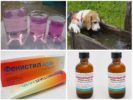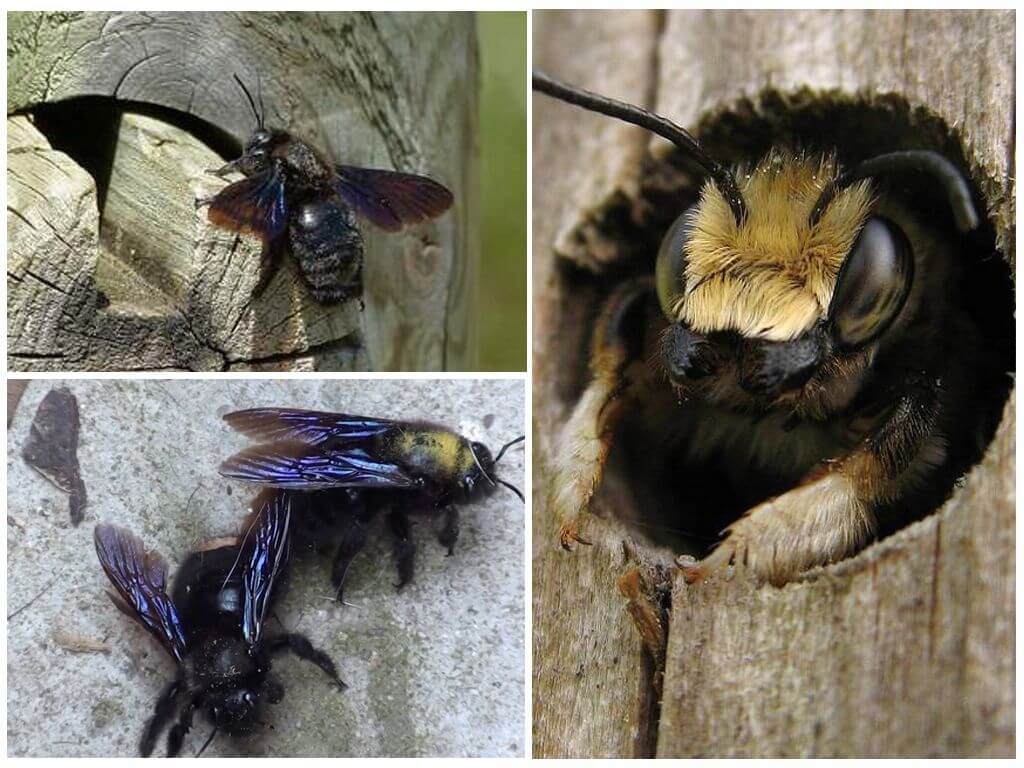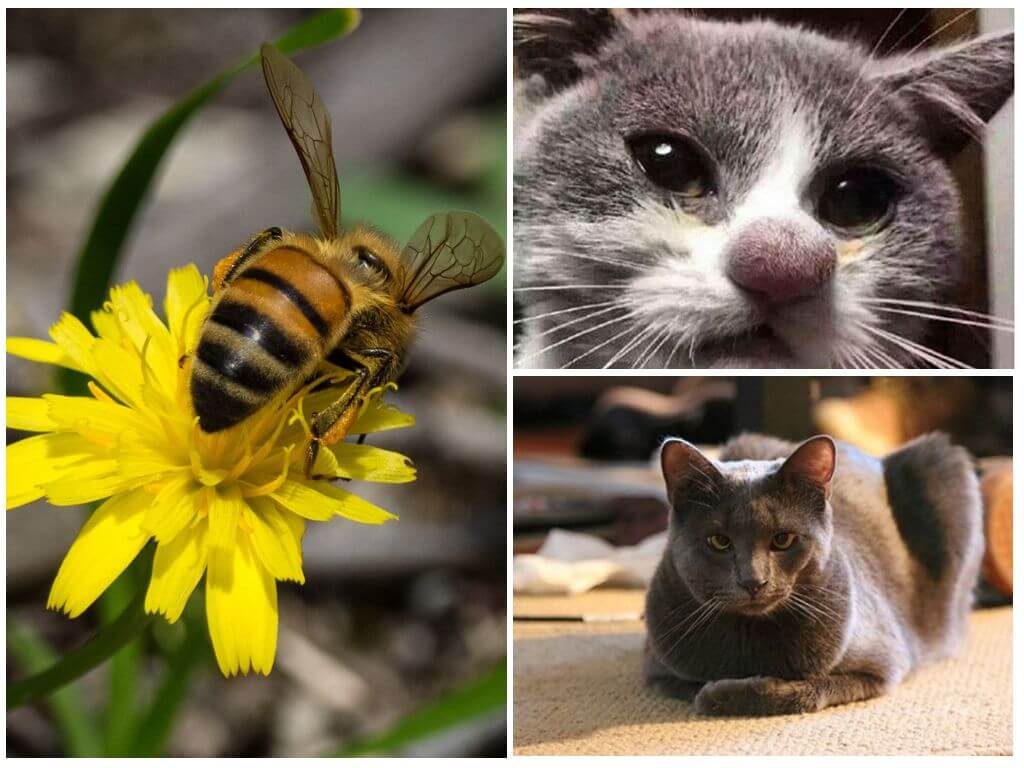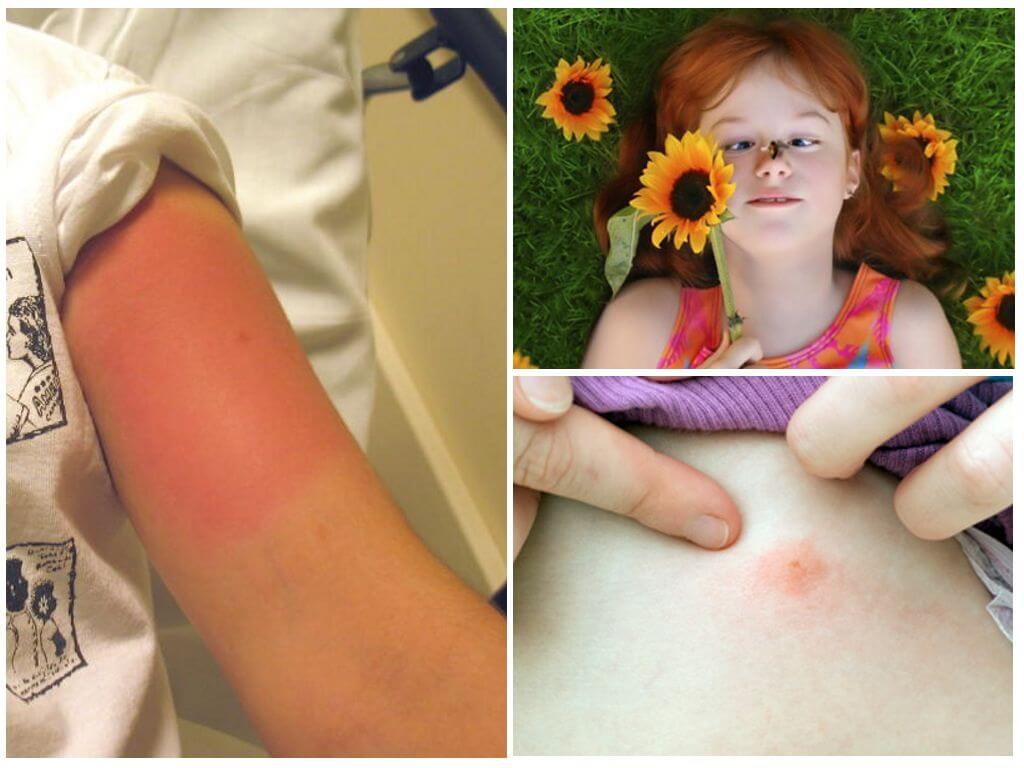- Dogs after a bee sting
- Treating the effects of a dog bite
With the advent of heat, many organize picnics in nature in order to take a break from the gray routine and distract from daily everyday problems and fuss. Our four-legged pets have no less desire to walk in the forest or near a reservoir. When going for such a walk with your dog, you should not forget about the basic safety rules. Since besides flea and ticks stinging insects can cause serious damage to the animal. Therefore, every caring owner will not be amiss to know what to do if a dog is bitten by a bee.
About bite symptoms
All dogs bitten by bees react differently to contact with an insect. Evidence of an attack by a stinging pollinator of flowers is:
- pain accompanied by whining and a desperate screech of a pet;
- the appearance of a tumor at the site of a bite;
- the formation of foam masses from the oral cavity of the animal;
- cramps
- the tongue acquires a violet-blue color;
- the animal’s breathing becomes difficult;
- small dogs may experience weakness and vomiting.
This manifestation of allergies indicates the onset of anaphylactic shock. However, not every dog can have a similar reaction.
On a note!
You can determine the place where the bee stung the dog by swelling or redness. Most often, dogs bitten by bees try to scratch the place of damage with a paw (a photo of a dog after a bee sting is presented below).
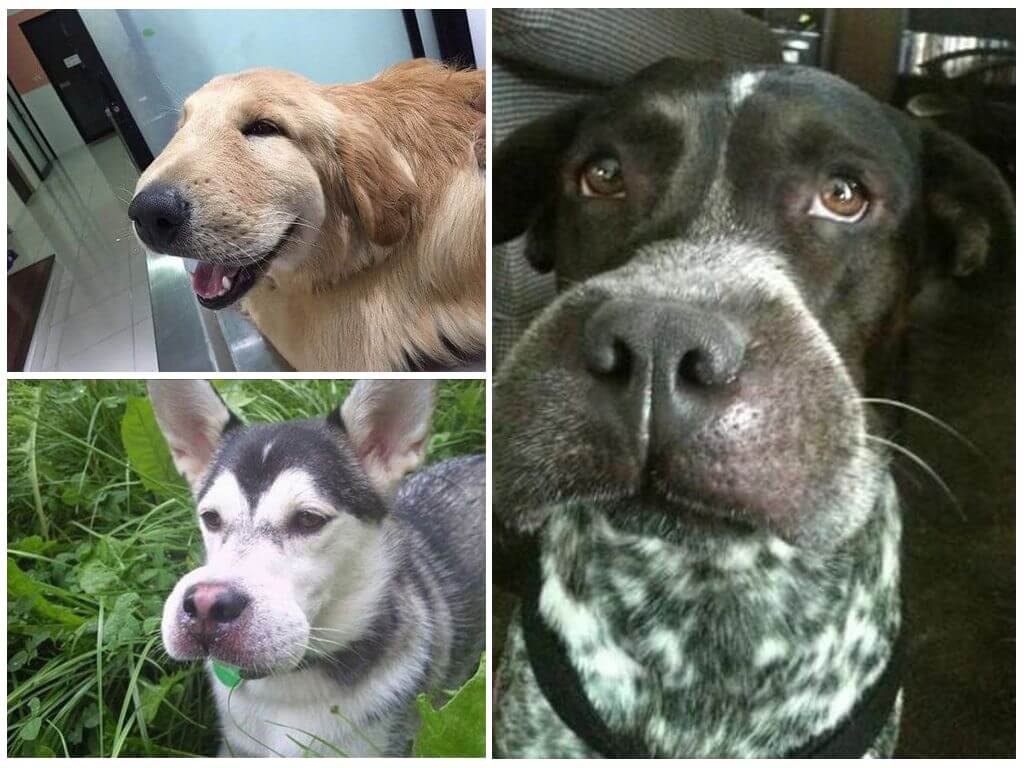
What to do with a bite
What to do if a dog has been bitten by a bee, every owner of a four-legged pet should know. The main thing in this situation is to pull yourself together. And this is especially true for those who have not yet had to see their pet with a rapidly swelling face. Having carefully examined the place of the bite, the following measures should be taken.
- The first thing to do in such a situation is to try to pull out the bee left the sting. It is removed using small forceps or tweezers.
- The next step is the removal of the poison by squeezing a few drops of blood from the resulting wound.
- Next, disinfect the damaged area. To do this, use ammonia or regular vodka, which is moistened with a cotton swab. Such an alcohol compress is applied to the wound for at least half an hour.
- If sand or earth gets into the damaged area, it must be washed with a weak solution of manganese. This is especially often observed if a bee has bitten in its paw.
- To reduce the swelling and redness resulting from the bite, ice will help.
- To neutralize a bee sting, use a solution of vinegar, which is done in a ratio of 1: 1. Soda solution (1 teaspoon per 0.5 liter of water) and hydrogen peroxide are also effective. In nature, you can remove swelling with grated leaves of plantain or dandelion. A compress with honey, which has not only disinfecting properties, but also helps to draw poison out of the wound, is no less effective in such a situation.
- Drinking plenty of water is another nuance that a caring owner should provide to his pet. Liquid accelerates the elimination of poison from the body of the animal.
- If the dog has been bitten by a bee, they are given an antihistamine, such as Fenistil, Fenkarol, or Suprastin. If there are several bites, it is preferable to inject against an allergy.
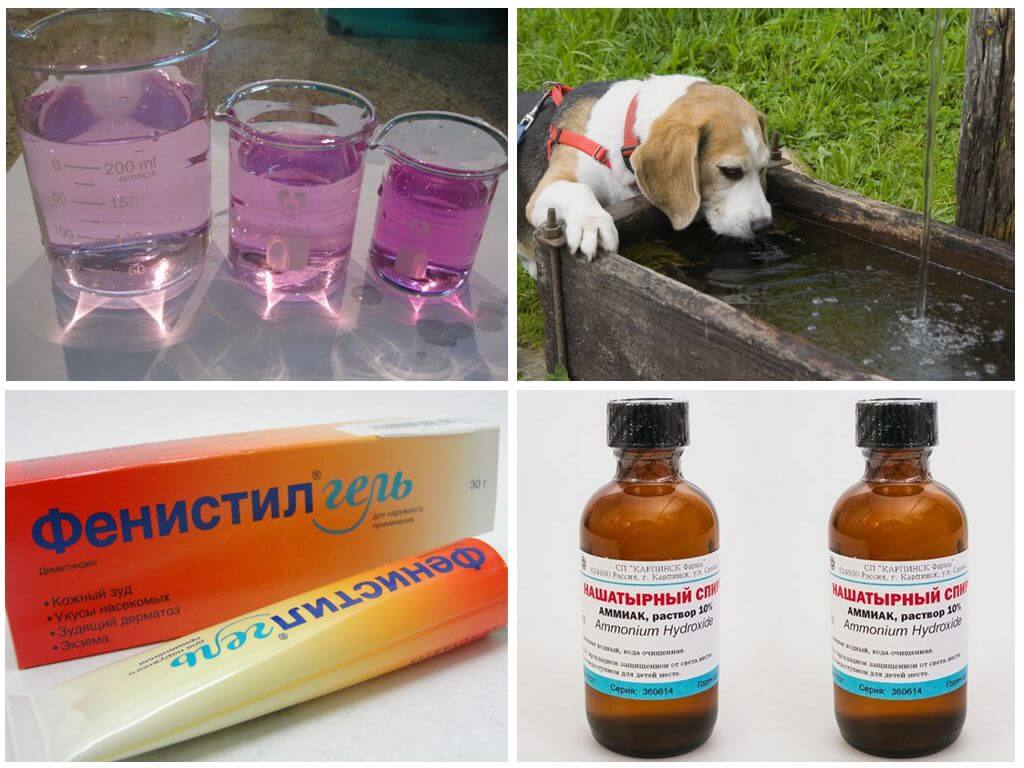
All of these procedures should be done quickly and efficiently. And in order not to panic in a critical situation, a first-aid kit with the necessary drugs should always be at hand.
Important!
A trip to the veterinarian is required if the dog was bitten by a bee in the face, nose, neck or head. A consultation is especially necessary if the bee has bitten the puppy and even in the paw.
A bee sting in dogs, or rather the site of damage to the skin, can itch severely for 2-3 days. Hypoallergenic ointment (Levomekol or Hydrocortisone) will help get rid of the pet's discomfort.
No less serious are situations when a dog swallows a bee or wasp. In such cases, insects are able to sting a four-legged friend in the tongue, which can greatly swell and block the access of oxygen. Under these circumstances, it is important not to waste time and immediately give the dog an antihistamine, and most importantly, contact your veterinarian as soon as possible.
How to Avoid Bee Stings
It is unlikely that anyone will be able to completely protect the pet from stinging insects, but it is still possible to reduce the risk of contact with a bee, wasp or bumblebee. It is enough to keep your pet out of flower beds, flowering bushes and houseplants that attract the attention of pollinating insects. For pet games, select places where hymenoptera does not live. Upon detection wasp or bees in a suburban area should immediately go in search of an insect's nest and dispose of it. Most often wasps build nests below cornices or inside pipes. Hornets nest in hollows and old stumps.

